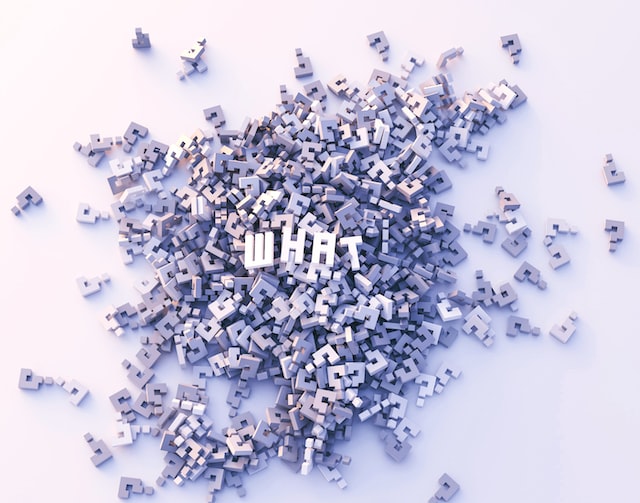What Is Litho Printing?

Printed materials continue to enjoy a crucial place in today’s advertising and communications strategies, particularly among B2B suppliers. For mid-to high volume production runs, there are several different printing techniques available: lithographic/ ‘litho’, flexographic / ‘flexo’, web printing, and digital printing.

Each technique has its pros and cons, and not all are equally suited to every print requirement. However, lithographic printing often offers the best value for money and quality standards for small businesses looking for premium printed materials with high levels of colour fidelity and low wastage.
What Is Litho Printing?
Lithographic printing is a technique used to reproduce images or text on a paper-based substrate, using printing plates containing the images to be printed. The plates, usually aluminium, but can be made of synthetic materials, are aligned on the plate cylinders, typically to print in the four process colours, cyan, magenta, yellow and black. A layer of ink is applied to each plate, via form rollers, and the colour images are then transferred to the substrate, via the blanket cylinders, with a layer of each process colour, building the four colour or full colour image.
What Is Litho Printing Used For?
Litho can achieve high resolution images and very accurate colour reproduction on a wide range of substrates. Volume doesn’t affect the quality and precision of litho printing, which means that this method is suitable for both short runs and mid-large bulk orders.
As a result, lithographic printing is commonly used in projects that need a fast turnaround without compromising on colour and finish quality. This includes catalogues, brochures, stationery, promotional posters, handbooks, prospectuses, magazines, maps, etc. Litho printing can reproduce images on a wide variety of paper and board.
Benefits At A Glance:
- Cost-effective for large or regular printing requirements, since the cost per print decreases as volume goes up.
- More suitable for printing on a wider range of stock weights than flexo or digital printing, which aren’t suitable for all surfaces or media.
- This technique works on textured paper, so it’s suitable for custom or unique print requirements with a high visual appeal.
What About Digital Printing?
Digital printing is also a popular choice for low-volume colour-rich print requirements, so if you need to choose between litho and digital printing, keep the following factors in mind:
- The initial set up for litho takes some time, as your print supplier will need to create printing plates for each requirement, whereas digital printing only requires opening a file on a computer, imposing and clicking on print.
- Unlike lithographic printing, the cost of digital printing doesn’t decrease with volume, so for small printing jobs, digital might be a more economic choice, whereas for mid-large volume runs you will probably save money by using lithographic printing, despite the set-up time and associated costs.
Premium Contract Print Services From TL Colour
If you require premium print jobs to support your branding and communications strategy, at TL Colour we’re here to help. Our team has outstanding technical skills, as well as expertise in marketing and a brilliant creative mind. Get in touch to request a free quote today.

Image source: Unsplash